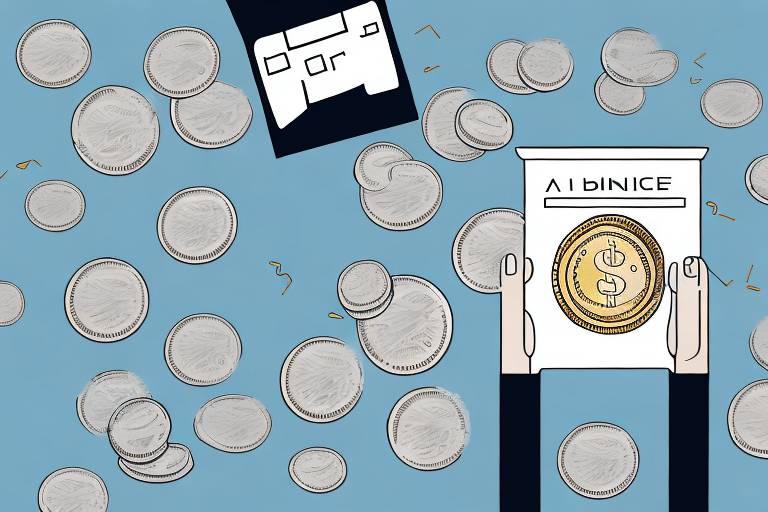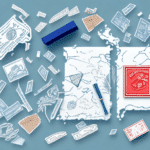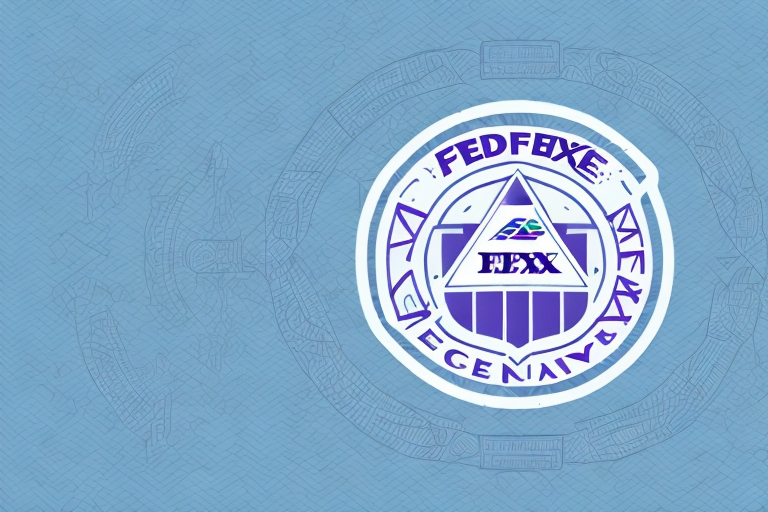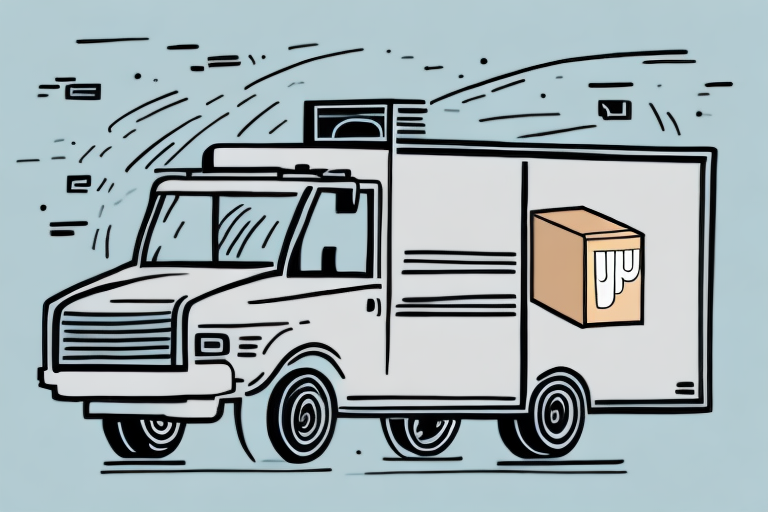How Much Does It Cost to Insure a Package?
When shipping items, there is always a risk of them getting lost or damaged during transit. That's why package insurance exists, to protect your valuable items. However, many people are hesitant to purchase insurance due to the fear of added cost. In this comprehensive guide, we will explore the various factors that affect package insurance costs and provide tips for saving money.
Understanding Package Insurance
Package insurance is a type of coverage you can purchase to protect your shipment in case it is lost or damaged during transit. Different shipping providers may have varying levels of coverage or policies, so it's important to read the fine print before purchasing insurance.
Additionally, package insurance may not cover certain types of items, such as fragile or high-value items. In these cases, you may need to purchase additional insurance or take extra precautions when packaging and shipping your items. Proper documentation of the contents and their value is essential when filing a claim.
Conducting a cost-benefit analysis is crucial. While insurance provides peace of mind and protection, it also adds to your overall shipping expenses. Weighing the potential risks and benefits will help you decide whether to purchase package insurance for your shipment.
Factors That Affect Package Insurance Costs
Several factors influence the cost of package insurance, including:
- Value of the item being shipped
- Shipping destination
- Shipping method (ground, air, etc.)
- Level of coverage purchased
- Insurance provider
The value of the item is a significant factor; higher-value items generally incur higher insurance costs. The shipping destination also affects the cost, as some areas may have higher rates than others. Additionally, shipping methods like air or expedited services typically come with higher insurance costs compared to ground shipping.
The level of coverage you choose impacts the cost. Basic coverage may be less expensive but offers limited protection, whereas full coverage provides comprehensive protection at a higher price. Comparing rates and policies from different insurance providers is essential to find the best deal.
Moreover, the type of item being shipped can influence insurance costs. Items such as electronics or jewelry are considered high-risk and may require additional coverage, increasing the overall insurance expense. Proper packaging and handling can also reduce the likelihood of damage or loss, potentially lowering insurance costs.
The Importance of Insuring Your Packages
While purchasing package insurance may seem like an unnecessary expense, it is crucial to consider the potential risks of not insuring your packages. If an item is lost or damaged during transit and you did not purchase insurance, you may be responsible for covering the cost of the lost or damaged item, which can be a significant financial burden, especially for high-value items.
Package insurance also provides peace of mind and protection for both the sender and the recipient. In the event of a lost or damaged package, insurance can expedite the claims process, ensuring that the item is either replaced or compensated for. This helps maintain positive relationships between businesses and customers and can prevent potential legal disputes.
Comparing Different Package Insurance Providers
When shopping for package insurance, it's vital to compare different insurance providers to find the best rates and policies. Some popular insurance providers include UPS, FedEx, and USPS. Additionally, third-party insurance providers like Shipsurance and U-PIC offer coverage for packages shipped through various carriers.
When comparing providers, consider the coverage options and limitations of each policy. Some may offer more comprehensive coverage for high-value items, while others have restrictions on certain types of packages or destinations. Understanding the claims process is also essential to ensure quick and effective resolution in case of loss or damage.
Cost is another critical factor. While a cheaper option may be attractive, ensure that the coverage provided meets your needs. Some providers offer discounts for bulk shipments or frequent use, making it worthwhile to explore all available options before making a decision.
Choosing the Right Package Insurance Coverage
When deciding on the level of coverage to purchase, consider the value of the item being shipped, the potential risks during transit, and your budget. While it may be tempting to save money by skipping insurance, the potential cost of not insuring your shipment can be significantly higher.
Consider the carrier's liability as well. Some carriers offer limited liability coverage, which may not cover the full value of your shipment. In such cases, purchasing additional insurance is advisable to ensure adequate protection.
Reading the fine print of the insurance policy is crucial to understand what is covered and what is not. Some policies exclude certain types of items or damages, so knowing these details helps you make an informed decision. Additionally, maintaining all documentation related to the shipment, including receipts and invoices, is necessary when filing a claim.
Tips for Saving Money on Package Insurance
Here are some strategies to save money on package insurance:
- Choose carriers with lower insurance rates, such as USPS for certain shipments.
- Select a lower level of coverage if the item's value is low or if it's already covered under a warranty or other insurance policy.
- Bundle multiple shipments together to take advantage of bulk insurance discounts.
- Package items securely to prevent damage during transit, reducing the likelihood of needing to file a claim.
Understanding the insurance policy's exclusions and limitations can also help you avoid paying for unnecessary coverage. By making informed decisions, you can ensure adequate protection without overspending.
Understanding the Fine Print of Package Insurance Policies
When purchasing package insurance, it's essential to thoroughly read and understand the policy's terms and conditions. Policies may have exclusions or limitations on coverage, such as specific types of items or types of damage. Understanding these limitations ensures that your shipment is adequately protected.
Policies can offer different levels of coverage. Some may only cover the cost of the item, while others may also cover shipping costs and additional fees. Carefully reviewing the policy allows you to choose the level of coverage that best fits your needs and budget.
Common Misconceptions About Package Insurance
Several misconceptions about package insurance can lead consumers to make uninformed decisions:
- Carriers are fully responsible for lost or damaged packages: Carriers typically have limitations on their liability, and their coverage may not cover the full value of the item shipped.
- Carrier-provided insurance is sufficient: While carriers often offer some level of insurance, it may be minimal and not adequate for high-value items.
Understanding the actual extent of carrier liability and the benefits of additional insurance can help you make better shipping decisions.
The Risks of Not Insuring Your Packages
Choosing not to insure your packages carries significant risks. If your shipment is lost or damaged during transit and you did not purchase insurance, you may be responsible for the full cost of the lost or damaged item. This can lead to substantial financial losses, especially for high-value items.
Additionally, the absence of insurance can strain relationships with customers or business partners if valuable shipments are lost or damaged, potentially leading to loss of trust and future business opportunities.
How to File a Claim for a Lost or Damaged Package
If your shipment is lost or damaged during transit, it's essential to file a claim with the carrier or insurance provider promptly. Most carriers have a specific claims process that involves:
- Submitting evidence of the lost or damaged item, such as photos or receipts.
- Providing proof of the item's value.
- Filling out required claim forms accurately.
Following the carrier's instructions carefully ensures that your claim is processed quickly and effectively. Keeping all related documentation organized can facilitate a smoother claims process.
What to Do if Your Package is Not Delivered on Time
If your package is not delivered on time, take the following steps:
- Contact the carrier or shipping provider immediately to inquire about the shipment's status.
- Check the tracking information for any updates or delays.
- If the package does not arrive, consider filing a claim for a refund or compensation.
- Communicate with the recipient to manage expectations and provide updates.
Addressing delivery delays proactively can help resolve issues more effectively and reduce potential dissatisfaction.
How Different Shipping Methods Affect Package Insurance Costs
Shipping methods significantly impact the cost of package insurance:
- Air or expedited shipping: These methods often have higher insurance costs due to the increased risk and faster transit times.
- Ground shipping: Typically, ground shipping offers lower insurance costs compared to air or expedited options.
Different carriers may offer varying insurance rates based on the shipping method, so it's essential to compare prices before selecting a shipping option.
The Benefits of Using a Third-Party Insurance Provider
While many carriers offer insurance options, third-party insurance providers can offer additional benefits:
- Comprehensive coverage: Third-party providers like Shipsurance and U-PIC may offer more extensive coverage options.
- Lower rates: They often provide competitive rates compared to carrier-provided insurance.
- Faster claims processing: Third-party providers may have more efficient claims processes, ensuring quicker resolution.
- Wider carrier coverage: They can cover packages shipped through various carriers, providing more flexibility.
Considering third-party insurance can enhance your package protection strategy and potentially reduce costs.
International Package Insurance: What You Need to Know
When shipping items internationally, understanding the different rules and regulations regarding package insurance is crucial:
- Some carriers may offer limited or no coverage for international shipments.
- Insurance rates for international shipping are generally higher due to increased risks during transit.
- Customs fees or taxes may apply, impacting the overall cost of shipment and insurance.
Researching the specific requirements and insurance options for international shipping ensures that your packages are adequately protected across borders.
Overall, purchasing package insurance is a vital step in protecting your valuable shipments. By understanding the factors that affect insurance costs, comparing different insurance providers, and thoroughly reviewing policy terms, you can ensure that your shipments are adequately protected without incurring unnecessary expenses.






















